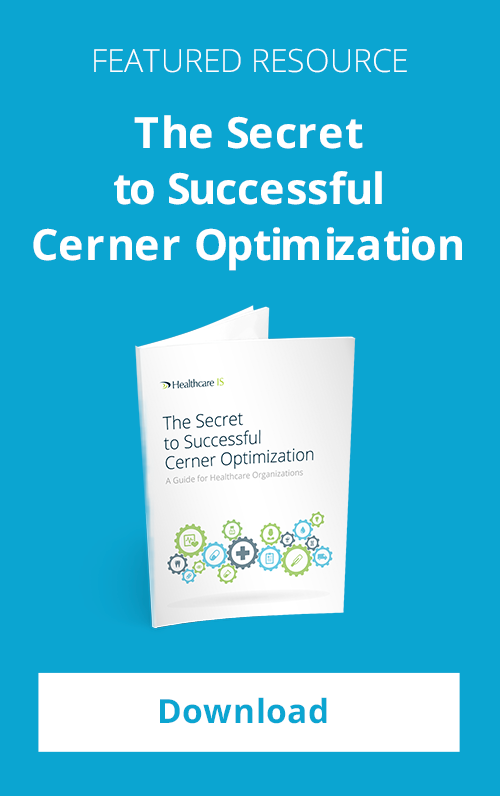Emerging technologies are rapidly changing the pharmaceutical profession. These advances include speeding up medication preparation, improving quality control, and ultimately providing better patient outcomes.
Currently, pharmacy robots mainly refer to automatons that prepare IVs in a sterile environment, and those that count and dispense solid medications. This technology presages future use of robots in healthcare, especially in performing some of the current functions of nurses. How exactly the use of robotics in pharmacy will lead to improved patient outcomes is what matters most, however.
IV Robots Increase Patient Safety
IV robots are presently used in areas of IV compounding to prepare and fill bags or syringes. Once the pharmacist reviews the medication order, the IV robot receives and processes it. The robotic system also validates stock items through gravimetric or volumetric measurement and barcode verification. Once verified, the stock items are sterilized and transferred to an IV bag or syringe, based on order information from the pharmacy system. Finally, compounded doses are verified and a barcode label is applied for further corroboration, at which point the nurse is free to administer the IV.
When using IV robotics, there is an option to use either batch compounding or patient-specific dosing. A patient-specific approach requires the IV robot to interface with a hospital information system that has patient-specific records and order management. Without this, only batch compounding for general use is an option.
IV robotics reduce waste and provide a retrievable electronic audit trail. They also help to remedy drug-compounding bottlenecks, and when used with hazardous substances, they reduce employee exposure.
One of the key advantages of IV robotics is improvement in patient outcomes by reduction in medication errors. IV robotics provide a high-level of accuracy with in-process barcode scanning and image recognition to verify ingredients. This technology automates final product labeling and decreases the chance of error. Combined with effective remote verification, it increases pharmacy efficiency and improves patient care by decreasing mistakes.
Automatic Dispensing Frees Up More Time for Patient Care
Automatic dispensing machines (ADM) make hospitals and pharmacies safer while freeing up time for staff to focus on patient care. ADM (also referred to as automated dispensing cabinets, ADC) allows pharmacy-validated orders to be available immediately to nurses at dispensing machines throughout the hospital. These machines can integrate with a CPOE system, guaranteeing the right drug is placed in the machine for a nurse to access and administer. Ultimately, this setup leads to faster filling and increased productivity. When integrated with CPOE and Clinical Decision Support (CDS), it improves patient safety by preventing errors.
If ADMs are properly utilized, drugs are already present at the point of care, and do not need to be continually transported from the pharmacy (or less secure locations) for patient administration. The result is greater efficiency as nurses are able to focus more on patient care rather than drug acquisition.
ADM can also catalyze a shift toward pharmacy staff involvement in patient care. It separates the pharmaceuticals from the pharmacy itself. As ADM increases in adoption, the concept of a main in-patient pharmacy within a hospital may become obsolete. Drug storage and administration could be decentralized, thanks to the security and accuracy that ADM affords, changing the essence of in-patient pharmacy. The widespread adoption of ADM forecasts a future in which pharmacy is more integrated into patient care.
Pharmacy Robotics Offer a Preview of the Future Uses of Robots
If robots are taking over certain pharmacy functions, we can expect a future in which additional health care tasks are automated, especially when these machines are integrated with some form of Artificial Intelligence (AI). Initially, robots could perform some nursing functions like taking blood pressure and drawing blood. Eventually, robots may be able to perform the physical body checks that doctors are currently responsible for. The robot could be guided remotely by a physician, or could even interface with the patient directly while recording all relevant data to an Electronic Health Record (EHR). This will be highly dependent on the level of system integration within a healthcare organization.
In addition to the significant technological challenges that abound, there is also the deeply important question of patient comfortability. Would patients feel safe with robots taking over basic human tasks? The idea of robotics in healthcare may also cause concern among clinicians and pharmacists, who may feel like many of their duties will be outsourced to machines.
Looking at current robot use in pharmacy provides some guidance. In IV robotics and ADC, robots do not replace pharmacy staff but instead shift them to a more patient-facing role. Patients are likely to appreciate the increased contact with pharmacists, and may treat pharmacy team members more like clinicians, approaching them with questions and seeking advice about symptoms and their current medications.
For healthcare staff, robots are certainly disruptive, but they also provide an opportunity. Nurses can focus on higher-level tasks with more mundane duties being taken over by machines. In pharmacy, both pharmacists and even technicians will be able to take a more patient-facing role. Although this certainly presents a cultural change, more pharmaceutical involvement with patients is likely to become the new norm. This greater integration of pharmacy staff with patient care signals a shift that should produce more coordinated care and better outcomes.
Learn more about how emerging technologies are leading to exciting healthcare innovations by downloading our latest eBook "The Future of Healthcare: How Technology Could Change the Way Healthcare is Administered".



Comments